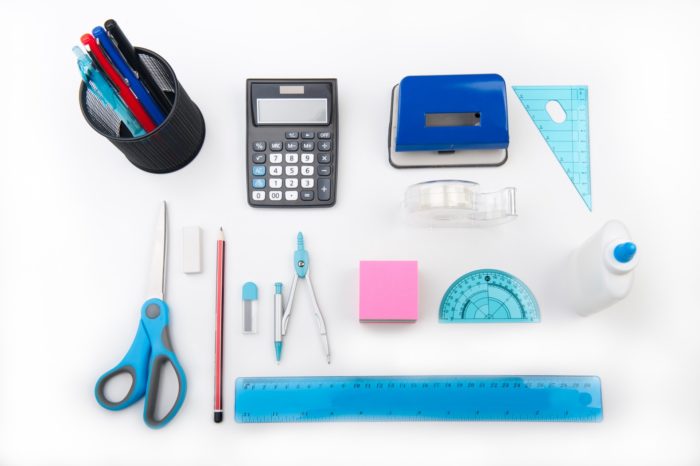Age 12-13 (6th grade)
Aims of learning
- A game with maths goal : Multiplication and other basic math skills, algebra, geometry
- test programming skills such as programming and loop, how to build a skill, time as variable (have a limited time – eg 60 sec and GAME OVER), other variables (like in math) and how they change.
- Here the understanding is deeper then when not using games
- Talk about math and programming and problem with each other (peer learning)
Design and output are important: to build a ‘studio’ of games and show to people and of course thereis authenticity : it looks like a ‘real’ game.
General comments
- How did you think when you chose to work with Scratch (programming) with your students? What did you expect?
The starting point was that the tool we chose as would work on chromebooks and it would not be difficult to administer to the students. Scratch came into the picture early because I was familiar with the environment, knew it worked well on chromebooks and many of the students knew it. I expected it to be well received among the students and that they could make a simple game. Many would also want to do things that I would not have time to learn during the times we worked on the project. I therefore expected the students to help each other and by searching for answers on the internet to solve the problems.
- Tell me how you did when you entered the program in your classroom. Planning, choosing students, what do you want to achieve, what did you achieve? How did the students react? What did you need?
When we started the project, we chose a student group where the tool would come in a relatively natural way. The selection fell on a grade 6 that would start working on a theme of fairy tales (Linda’s project). The students were positive to the work and developed their programming through joint reviews, but mainly by helping each other. I would have liked more time to teach them Scratch – Now the process was a bit too fast for some.
- What important lessons have you learned along the way?
Perhaps it would be good if all students in grade 6 during their first semester were given a course of how to use Scratch to present things. Then that could have been another tool in the toolbox for them and made projects like this easier. In Autumn of 2018 programming will be incorporated into the revised curriculum so it may be most relevant. Several of the students who usually have a bit of social difficulty lifted themselves and got a lot of room (many asked them for help) because they were good at programming.
4 What tips would you like to give other teachers who want to start working with programming and scratch?
Work with and learn the program you choose so that you know it well. Students solve a lot of problems themselves but it helps a lot if you as a teacher are well acquainted with the program and the knowledge base.
Make examples that the students can follow or change a little if you can not do everything in its entirety.
Be prepared that it takes longer than expected. Use the advantage of a peer to peer system where students who previously worked with Scratch can enter and act as teachers.
Lessons learned
You can start at any time – you need planning : a lot of help/structure in the beginning but later allow for variety later when they go their own direction- limit the time tasks that are relevant and useful. Allow for some fun of course. Not too much structure. (Is this different for SEN.
Aim to make them interested in programming:
Sen students needed more about special interests and in programming so we should harness that- it gave them confidence by helping other kids. When language is not a barrier.
Coding should be a basic skill in ICT (maths)


